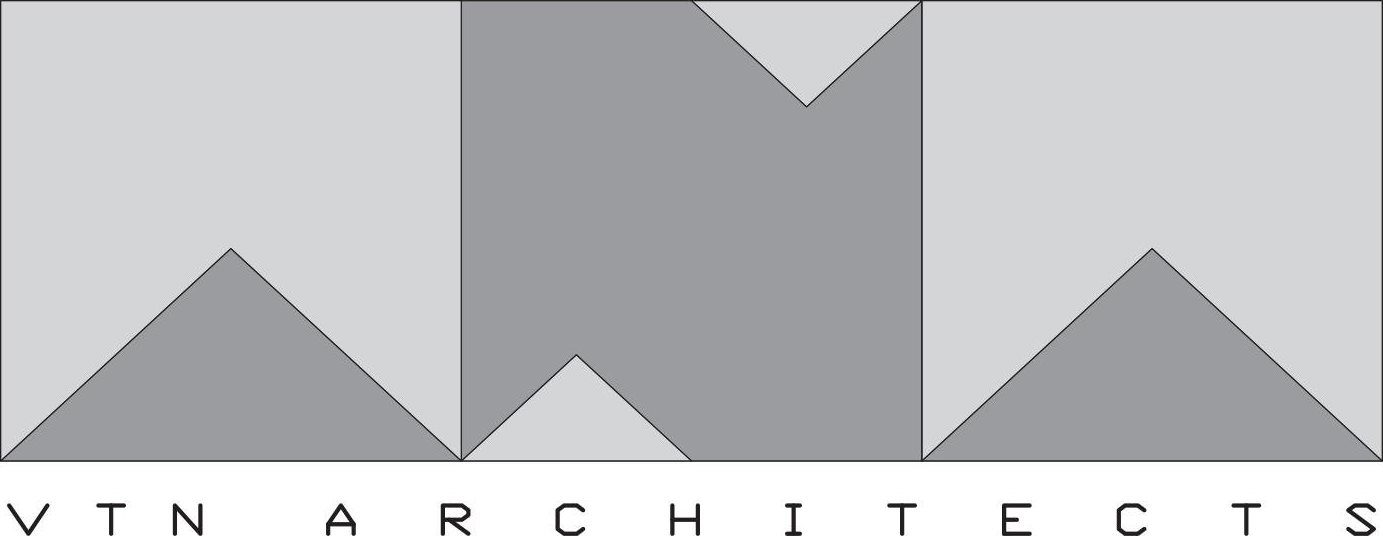Dinh Liet House (Green Renovation)
Dinh Liet House (Green Renovation)
Status:
02/2014
Program:
Private House (Renovation)
Location:
Ha Noi, Vietnam
Site are:
85.4m2
GFA:
467.6m2
Principal Architect:
Vo Trong Nghia, Takashi Niwa
Design team:
Nghiem Dang Kieu Oanh, Do Minh Thai
Contractor:
Wind and Water house Joint Stock Company
Client:
Individual
Photographers:
Hoang Le ,BENGBENG
The old quarter of Hanoi called the 36 streets, is a continuous residential area formed by narrow frontage houses with deep depth, which also serve the fronts for shops. The historical cityscape has been accumulated over the centuries, is also a tourist area for enjoying a stroll dynamically. Against the background of high population density, 823 people / hectare in 2010, these streets are crowded with customers and tourists. The project to renovate a house in the center was regained living space along with greens even in tight city which has been lost connection to nature.
The elongated site, width 2.8m in depth 33m flanked to the linker, is located in the middle of one of the main street. In the middle of the building, the existed house before renovation had a reinforced concrete staircase holding rooms in the front side and backward. Because of no wind passage for these rooms, the space was dark damp environment where not suitable for living.
Site area is 85m2 and the most narrow clear width is only 2.4m. On the other hand the length of the site is more than 30m, it^s a long one as a house. Hence, the design was paying attention to this depth as a characteristic advantage.
The first floor is shared for an art gallery as a tenant. A staircase and EV for access to the private space above is arranged in the innermost of the building in order to maximize the leased area. After access to the dwelling part by staircase, residents enered a view which gives a feeling of the depth of the land. By proceeding toward the garden which is visible to the line of sight, the residents reach into the living room. By climbing another staircase, it is possible to obtain a view of the another garden stacked perpendicular over the dining table.
By incorporating the main traffic lines with the maximum length of the viewpoint, it is successful in giving spacious feeling even the tight elongated house. By using vertical garden as the eye stop, the interior space achieves living with green.
Incorporating a moderate natural light into living space was also considered. To realize the modification while reducing the load on the existing building frame, the reinforced concrete stairs were replaced by steel stairs which is able to bring lights underneath. Bridges between the front and rear rooms are replaced by glass which lighten the building frame with bringing the light to the living room(2F) and dining(3F).
Through a void next to elevator and staircase space located middle of the building, all rooms are able to get natural ventilation. Trees planted at the façade and roof of the building soften the strong tropical light and attracting residents to access by the windowsill.
To maintain residents’ privacy in the narrow streets, concrete horizontal louvers are installed in the facade. Taking out the twigs of trees to the road between the louvers, leaves supplies the shade to the road. The vertical green facade decorates the city as actively contribute to the city environment by the vertical garden.
This urban house utilizing light, wind and green, has shown comfortable environment even in a small elongated house in the old quarter. As a housing prototype to adopt aggressively green, this renovated house become a model to realize the future greening city.
Dự án khác
05/2021 Ben Tre Buddhist Temple & Ancestral Hall 05/2021
10/2020 Bat Trang House 10/2020
02/2019 Breathing House 02/2019
12/2018 Stepping Park House 12/2018
09/2017 Stacked Planters House 09/2017
09/2017 Dong Anh House 09/2017
04/2014 House for trees 04/2014
02/2014 Dinh Liet House (Green Renovation) 02/2014
06/2013 Binh Thanh House 06/2013
02/2013 Green Renovation 02/2013
02/2011 Stacking Green 02/2011
In progress Diamond Lotus In progress
Awards
FuturArc Green Leadership Award/ Merit [Category: Residential – Individual Houses] / Green Renovation
Green Good Design Awards/ Winner/ Green Renovation
Vietnam House Awards/ Green Renovation





















